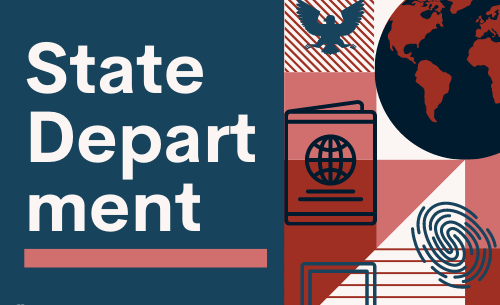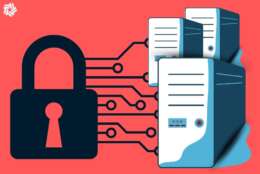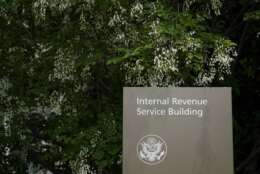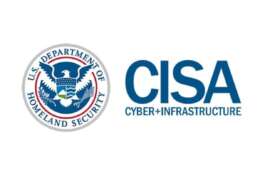Hubbard Radio Washington DC, LLC. All rights reserved. This website is not intended for users located within the European Economic Area.
Measuring Cyber Risk in Your Digital Supply Chain
Sponsored by


Although there’s some disagreement over when agencies will actually start benefitting from them, many agencies are currently laying the foundation to start using SBOMs.
Read moreChris DeRusha, the federal chief information security officer, said the focus on securing commercial software comes from the cyber executive order.
As federal agencies and contractors come to grips with the burden of protecting their software supply chain, understanding who had a hand in the development of their software products has taken on increasing importance. It comes down to pedigree. Where did your software come from? Was it domestic or international? Who had a hand in developing it?
In the federal software world, supply chains are often extensive. How can an agency ensure its risk assessments can adequately gauge potential threats? The Federal Drive’s Tom Temin asks just that of RiskRecon cyber expert John Ehret.
-
Crowdstrike has a lot to teach about routine system maintenance
The recent Crowdstrike outage has shown everything that can go wrong when doing a simple update.
-
OMB’s new FedRAMP policy takes aim at the pain points
Drew Mykelgard, the deputy federal chief information officer at OMB, said the updated FedRAMP policy pushes for more automation, reciprocity.
-
Newest constellation of weather satellites gets flight plan
Space Hour host Eric White spoke to Dylan Powell, Lead Strategist for Weather and Earth Science at Lockheed Martin.
-
Federal security agency struggling with new IT system for tracking contract guards
The IT challenges come as multiple agencies have been forced to close their offices for hours or even a full day due to a shortage of federal security guards.
-
IRS embarks on ‘absolutely critical’ refresh of legacy HR systems
The IRS is managing hundreds of legacy HR IT systems with thousands of workflows, but deferred upgrading these systems when the agency faced budget cuts.
-
Amid political leadership vacancies, calls for SES reform continue to rise
Opting for career SES officials or appointees who don’t need Senate confirmation may be the most effective way to minimize persistent leadership vacancies.
-
CISA executive director to depart after three years
Brandon Wales is the second senior leader to depart CISA in recent months. He led many of CISA’s internal and external initiatives over the last three years.
-
A new NASA experiment shows finding the building blocks for life on other planets may not require much digging
New research from NASA shows that the building blocks of life beyond Earth may not be hard to find were we ever to send a probe to do some digging around.












